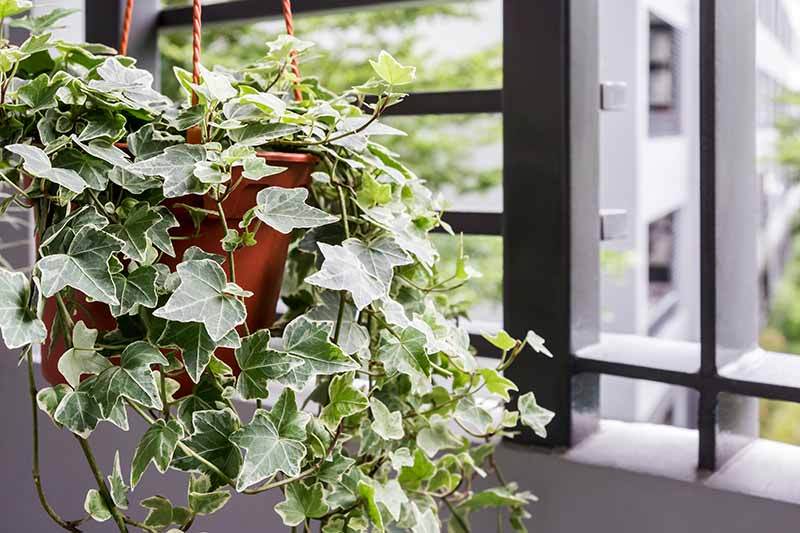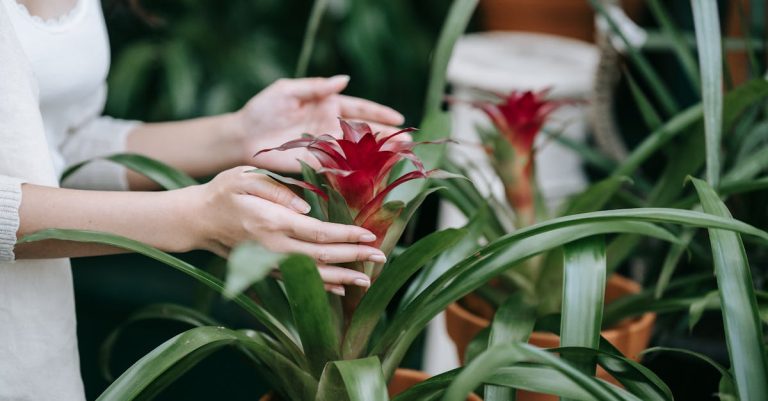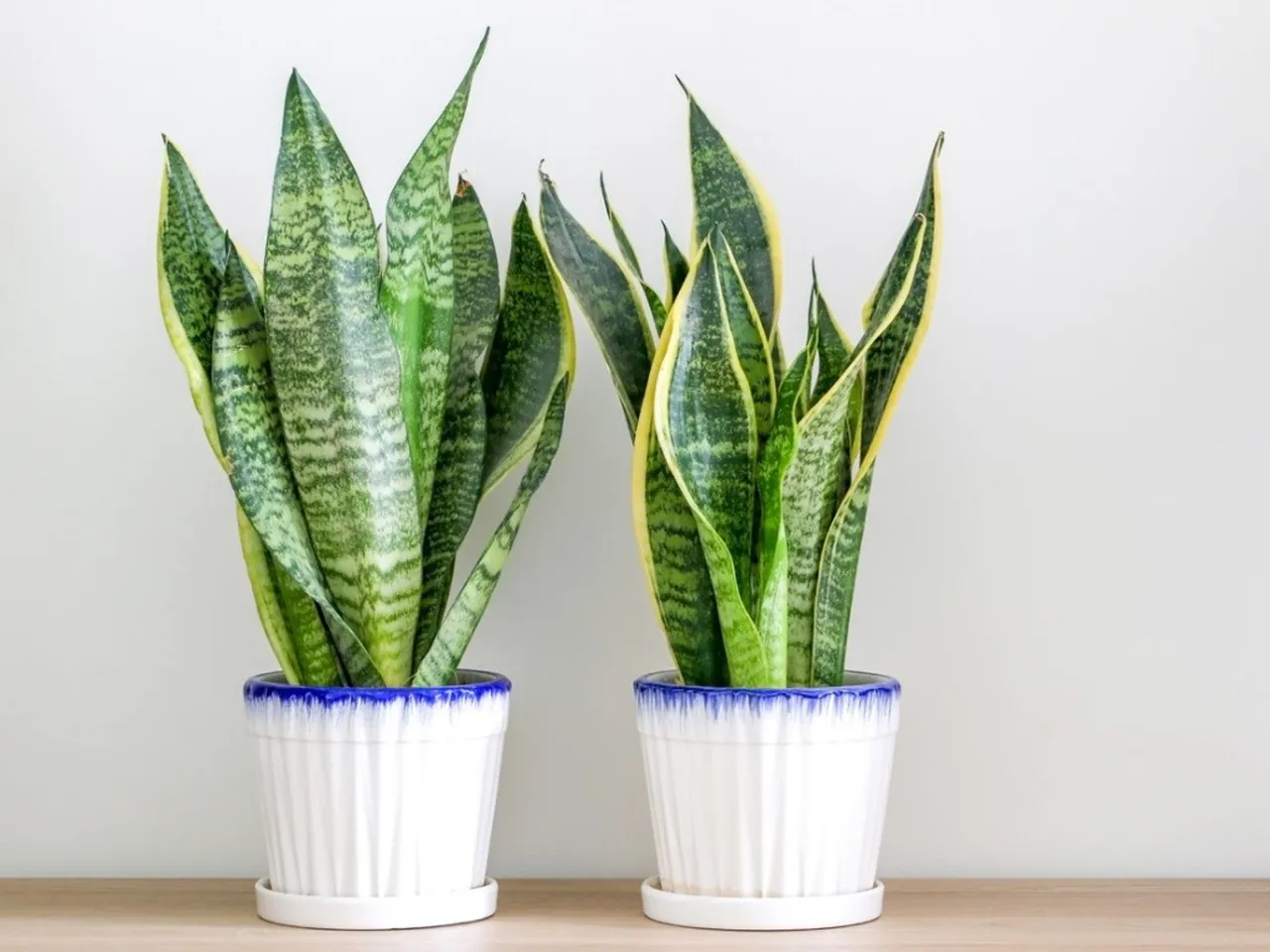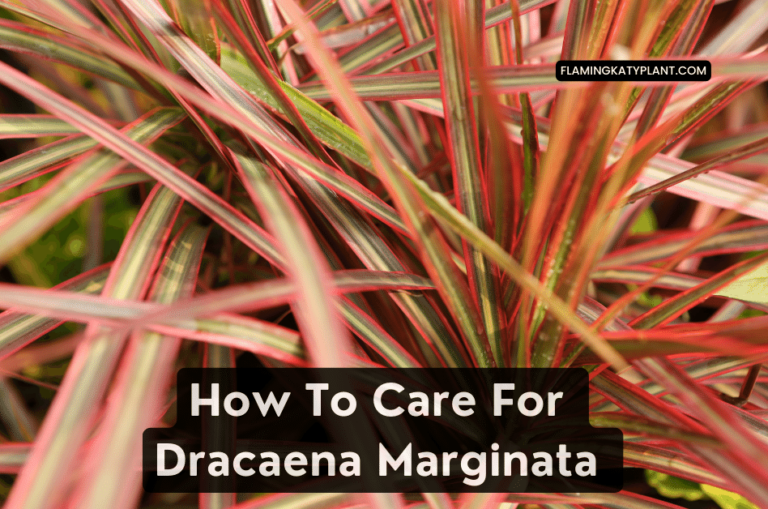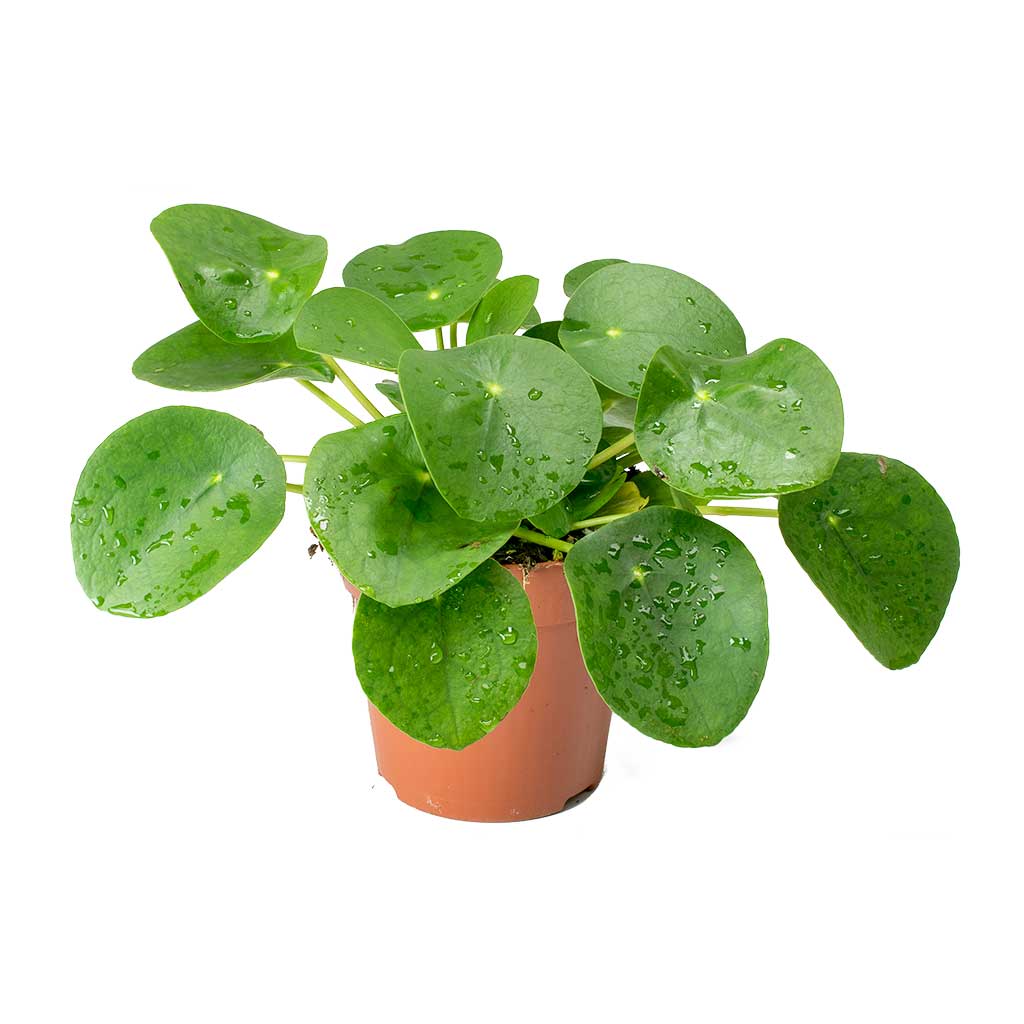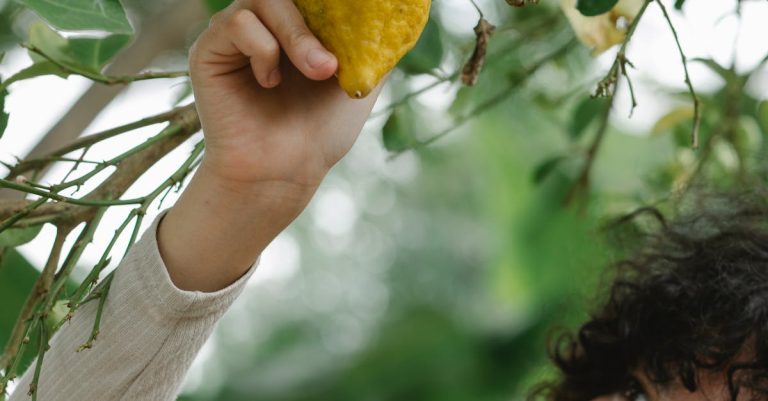How To Care For English Ivy (Hedera helix)
Did you know that English Ivy (Hedera helix) is not only a popular houseplant, but it also has a long history of being used for medicinal purposes and as a symbol of faithfulness and eternity? This evergreen vine has been cultivated for centuries for its ornamental value and ability to purify the air, making it a staple in many households and gardens around the world.
English Ivy is relatively easy to care for, but it does require some attention to thrive. One common issue that many plant owners face is overwatering, which can lead to root rot. To prevent this, make sure to allow the soil to dry out slightly between waterings and avoid letting the plant sit in waterlogged soil. Additionally, English Ivy prefers indirect sunlight and a well-draining potting mix to keep its roots healthy and happy.
With its ability to climb and spread quickly, English Ivy can be a versatile and attractive addition to any space. In fact, studies have shown that having plants like English Ivy in your home can help improve air quality and reduce stress levels. So, not only is caring for this plant beneficial for its growth, but it can also have positive effects on your overall well-being.

How To Care For English Ivy (Hedera helix)
English Ivy, also known as Hedera helix, is a popular and easy-to-care-for houseplant that can thrive in a variety of conditions. To properly care for your English Ivy, it is important to provide it with the right amount of sunlight, water, and nutrients. In this article, we will discuss the specific care instructions for English Ivy and provide tips on how to ensure it stays healthy and vibrant.

Light Requirements
English Ivy thrives in bright, indirect light. It can also tolerate low light conditions, but its growth may be slower. Avoid placing your English Ivy in direct sunlight, as this can cause its leaves to burn.
Watering Frequency
Keep the soil of your English Ivy consistently moist, but not waterlogged. Water your plant when the top inch of soil feels dry to the touch. During the growing season, you may need to water more frequently, while in the winter months, you can reduce the frequency of watering.
Temperature and Humidity
English Ivy prefers cool to average room temperatures between 50-70°F (10-21°C). It also thrives in high humidity levels, so misting its leaves regularly can help create a more favorable environment for it to grow. Avoid placing your English Ivy near drafts or heaters, as extreme temperature changes can harm the plant.
Soil Requirements
Use a well-draining potting mix for your English Ivy, as waterlogged soil can lead to root rot. A mixture of peat moss, perlite, and vermiculite is ideal for this plant. Repot your English Ivy every 1-2 years to refresh the soil and provide it with fresh nutrients.
Fertilizing
Feed your English Ivy with a balanced liquid fertilizer during the growing season (spring and summer) to promote healthy growth. Avoid over-fertilizing, as this can lead to salt buildup in the soil, which can harm your plant.
Pruning and Maintenance
Regularly prune your English Ivy to keep it looking tidy and to prevent it from becoming leggy. You can also trim back any leggy stems to promote bushier growth. Remove any yellow or damaged leaves to encourage new growth.
Pests and Diseases
English Ivy is relatively resistant to pests, but it can sometimes be susceptible to spider mites and aphids. Keep an eye out for any signs of pest infestations, such as webbing on the leaves or small insects, and treat them promptly with insecticidal soap.
Propagation
You can easily propagate English Ivy by taking stem cuttings. Simply cut a 4-6 inch stem below a leaf node, remove the lower leaves, and place the cutting in water or moist soil. Roots should develop within a few weeks, and you can then transplant the cutting into a pot.
According to recent studies, English Ivy (Hedera helix) is one of the most popular houseplants in the United States, with over 5 million plants sold annually.
Conclusion
In conclusion, caring for English Ivy (Hedera helix) requires attention to several key factors. Providing the plant with proper lighting, watering, and pruning is essential for its health and growth. English Ivy thrives in indirect sunlight and requires consistently moist soil to prevent drying out or overwatering. Regular pruning is necessary to maintain the plant’s shape and promote new growth. Additionally, avoiding extremes in temperature and humidity is essential to prevent stress and disease in English Ivy.
Overall, English Ivy is a versatile and low-maintenance plant that can bring beauty to any indoor or outdoor space. With the right care and attention, this plant can thrive for many years, adding a touch of greenery and elegance to your home or garden. By following the guidelines and tips outlined in this article, you can enjoy the beauty of English Ivy while also promoting its health and longevity. Remember to monitor the plant regularly, adjust care routines as needed, and enjoy the benefits of having this classic vine as part of your plant collection.

